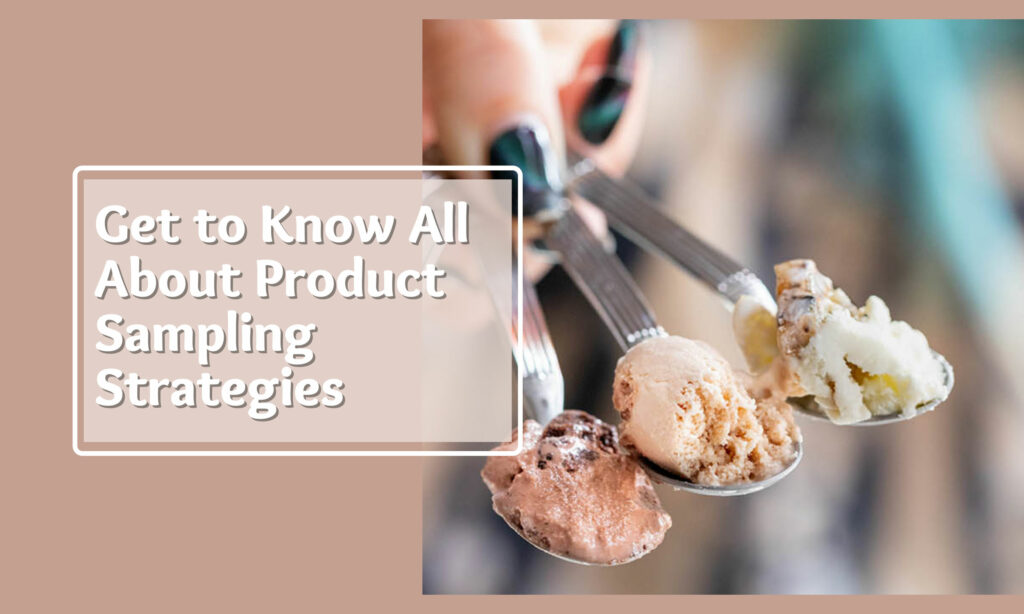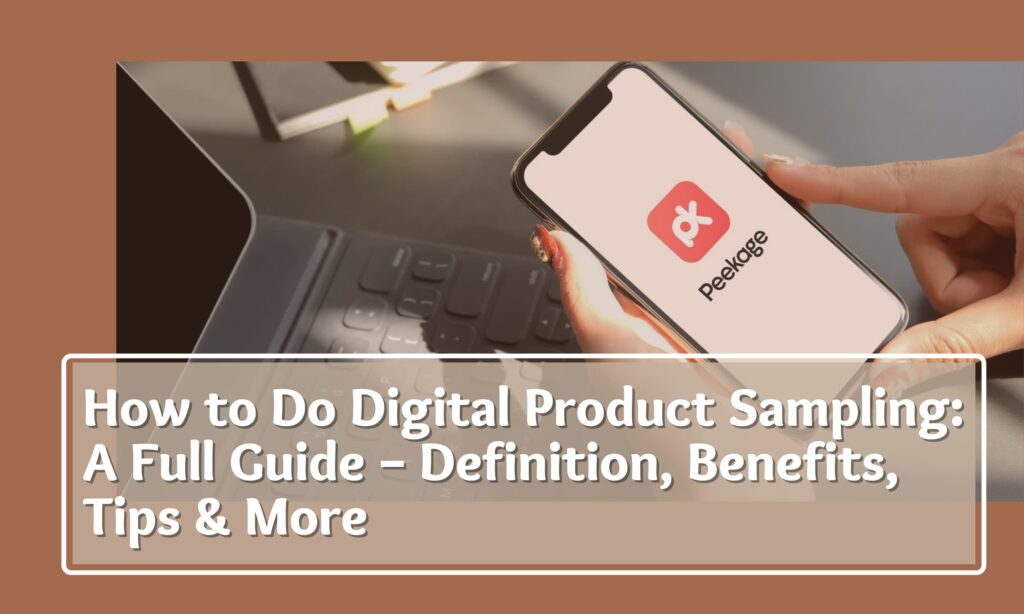Consumer insights research is the process and practice of tracking down what is motivating the consumers and what their needs and preferences are. There are various methods and techniques to conduct consumer insights research in the marketing world. Every research method, with its own strengths and weaknesses, is used in different situations. This article tells you about:
- Different methods in consumer research
- How to choose the best consumer research technique for your campaign
There are two main types of research and each type consists of different techniques.
- Quantitative research: It includes numbers and answers the questions of "how much" and "how many".
- Qualitative research: It consists of non-numerical data and answers the questions starting with "how", "what", "when", "where" and "who".
The following paragraphs talk about different consumer research methods in those two different categories.
1- Quantitative research
is more statistically valid. It is used on larger samples and is a great tool to spot the trends in the consumers' behavior or profile.
- Surveys in various forms: Surveys can include open-ended or close-ended questions. They can be given to respondents in different forms, such as email, telephone, online form or in person. It is essential to know beforehands what kind of information is needed from the consumers and what is going to be the objective of the survey.
One of the best ways to use this method is when combined with product sampling. Peekage, as a product sampling platform, sends out product samples to targeted consumers and then collects feedback from them.
- Social media listening: is monitoring the online reputation of your brand or a specific product. It can be used both in quantitative and qualitative research. Social media listening tools help you extract first-hand data from the posts your consumers have published and shared with the world.
Also read: How much does product sampling cost?
2- Qualitative research
aims to understand why consumers behave in a certain way or how they would react to a change or a new product. In order to perform productive qualitative consumer insights research it is important to get the right people, instead of a high number of them.
- User interviews: one on one interviews that can be either face to face or conducted remotely by online chat or telephone. These interviews can vary from structured to semi-structured or unstructured and allow you to get first-hand information about a consumer's experience.
- Field studies: involves direct observation of consumers in their own surroundings. What consumers say is usually different from what they do. Therefore, it is a very helpful consumer research method in order to collect data that is usually difficult to extract from surveys.
- Contextual inquiry: is a mix of the last two methods, interviews in the users' context. The consumers are asked a set of questions in the format of a standard interview and then they're asked a second round of questions while they're being observed.
- Diary studies: in this longitudinal method, the behavior and interactions of the consumer are observed indirectly while they are accomplishing a task, e.g. using a whole face wash bottle on a daily basis for two month. This kind of data is directly reported by the consumers and could be used to check how loyal they stay to the brand and to see how their behavior and experience changes through time.
- Focus groups: a group of six to nine people discuss different topics in a session that might last about two hours. Focus groups are monitored by a moderator who gives feedback to the members through the discussions and collects data for the consumer research.
You may also be interested: Measuring a product sampling Campaign
What method do you need for your consumer research campaign?
The appropriate research method depends on your campaign's goals and the type of data you need to collect. Understanding the consumer research process can help you determine the right approach. Here's a comparative guide to help you decide between quantitative and qualitative research:
| Quantitative research | Qualitative research | |
| Advantages | - Easy to analyze - Provides insights to relevant trends - Easy to compare with other sources, e.g. competitors | - Helpful for new products or modifications in old ones - Focuses on consumers' needs and expectations - Effective way of testing marketing strategy |
| Obstacles | - Doesn't explain why things happen - Invalid if the sample size or method is not right | - Data collection and analysis expenses - Data could be from wrong representatives |
Key takeaways:
- There are two main research methods of studying consumer behavior: quantitative and qualitative.
- Quantitative methods gather insights with numerical data.
- Qualitative techniques get insights on consumers' behavior and interactions with a product.
- Surveys are used to collect both types of data. They can be given out in different ways such as telephone, email, online form and in person.
- The best consumer insights research method is chosen by the data needed and the available resources.




